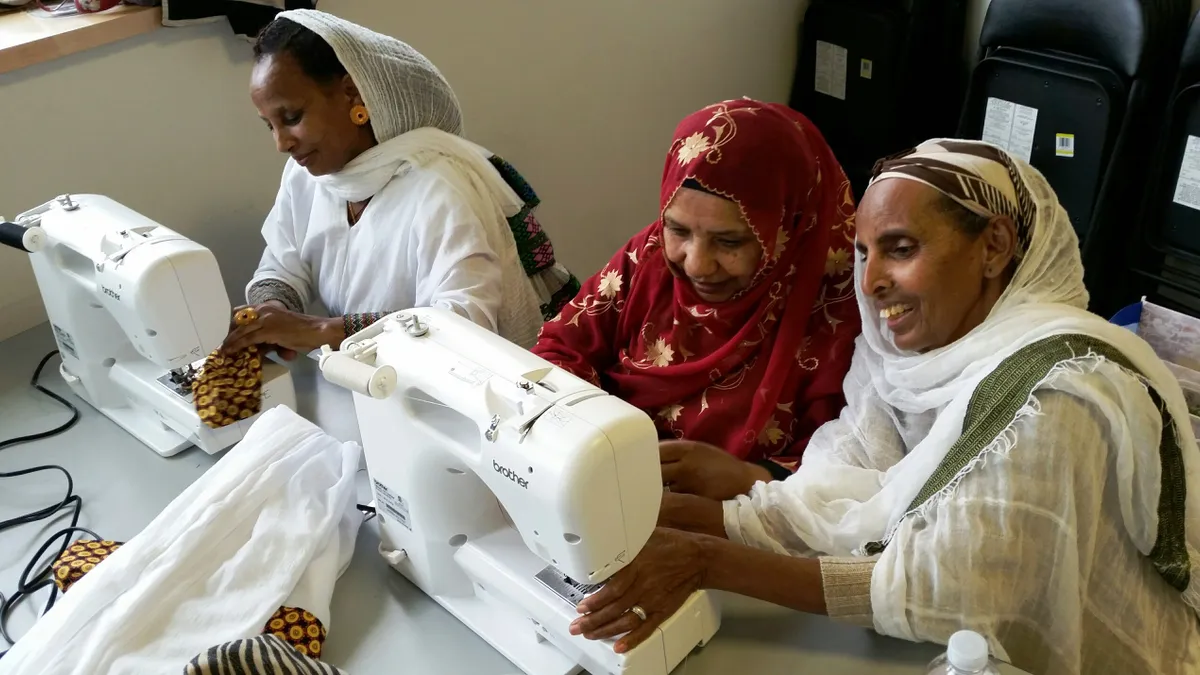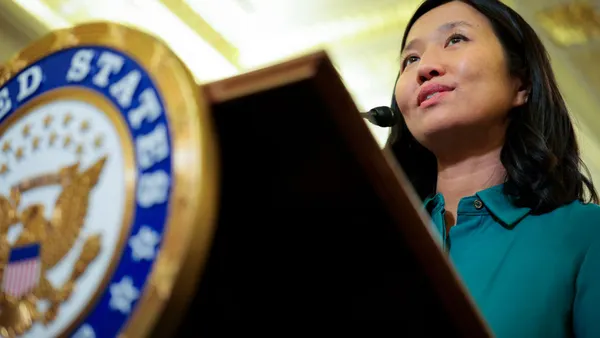An initiative that provided arts and culture activities during a Seattle-based public housing redevelopment project helped residents cope with change during construction while addressing racial and socioeconomic impacts, according to a report from the Seattle Housing Authority.
The SHA commissioned artists to lead and perform activities such as storytelling, dance and painting throughout the Yesler Terrace complex’s redevelopment, an ongoing project that broke ground in 2013. The arts program helped residents “process the transition, share their stories, and create a sense of belonging,” said Jennifer Song, SHA’s Yesler Arts Program manager, in an email.
“At Yesler, community-responsive artists have developed programs designed to help residents and ease the transition from old to new Yesler, build community in the new development, and more,” Song added.
Many of the U.S. public housing units that 1.2 million households live in have aged and fallen into disrepair, tallying a capital repair backlog some experts estimate exceeds $50 billion.
As cities and public housing authorities attempt to make needed repairs and renovations, the Yesler Terrace Arts project provides one possible solution to ease the burdens and trauma that redevelopment could have on residents.
Through the Seattle-based program, a group of East African community members who meet regularly for coffee worked with an artist to create photo albums that featured their life stories, the report states. Other artist-led initiatives included a weekly sewing workshop for residents and several drop-in art club programs aimed at helping residents deal with change and ease their sense of dislocation.
Such programs helped residents manage the transition and, in some cases, trauma caused by redevelopment by giving them opportunities to make decisions surrounding temporary spaces such as a community “art house” established in an unoccupied unit, Song said. Art programs that prioritized resident leadership and built-in flexibilities to meet residents’ needs also helped address racial, socioeconomic and other structural injustices, she said. That provided “more choice, access and agency — key building blocks in an equity-driven approach,” Song said.
“In a time when physical space and community identity are in constant flux, programming like art clubs and the Art House define how public or semi-public spaces can be owned and used by residents and offer a sense of agency to residents experiencing extreme, and oftentimes traumatic, change,” the report states.
The SHA launched the program with a grant from The Kresge Foundation, hiring “artists-in-residence” who were community-driven and aligned with its goal of serving residents. To better gauge residents’ needs, artists were paid to build relationships with them by attending community meetings, offering pilot workshops and spending informal time with them, Song said.
Artists integrated storytelling into their art, allowing individuals to empathize and connect with each other as well as share their feelings through culturally-specific mediums, she said.
According to the report, SHA staff and artists faced challenges throughout the program, including building trust in an evolving and dynamic environment, adhering to regulations that make hiring and contracting with artists challenging and laying the groundwork for resident ownership over programs.











